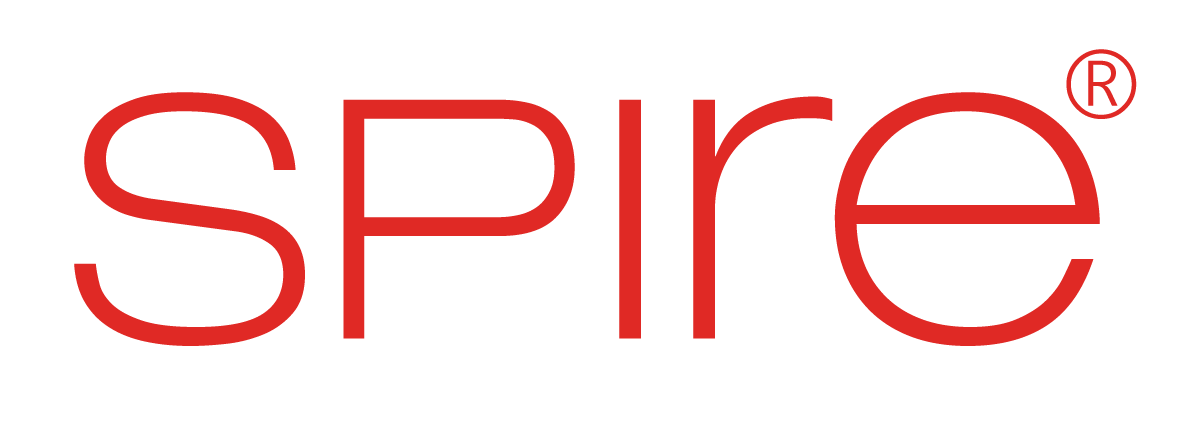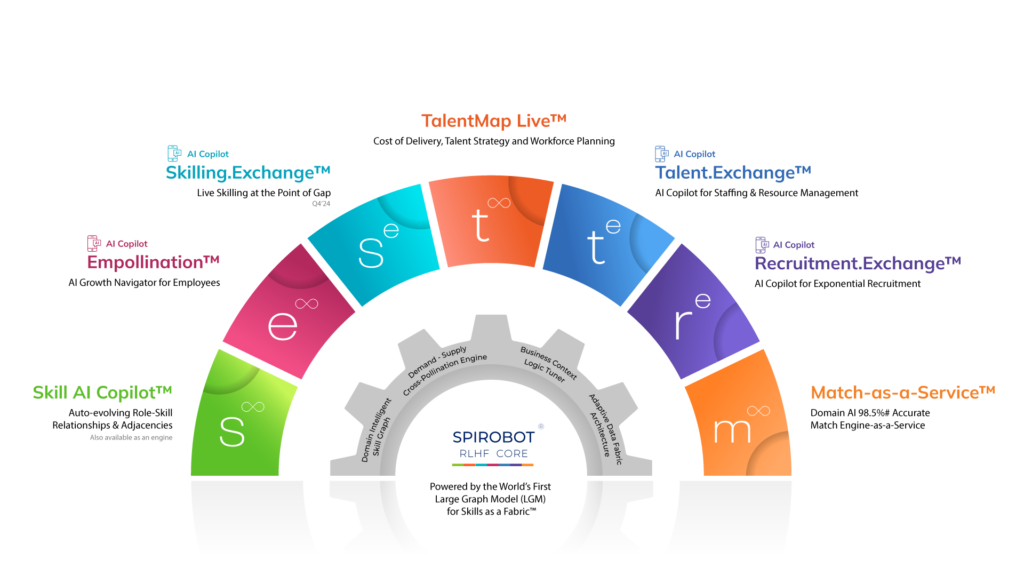For organizations to achieve sustained growth, the key lies in fostering strong, reciprocal relationships with employees. This goes beyond traditional transactions—it’s about building a partnership where employees and organisations are aligned in purpose. When organizations invest in their employees’ development, offering meaningful growth opportunities, they create a workplace where mutuality and reciprocity fuel innovation, adaptability, and long-term success. In this evolving landscape, shared growth becomes the foundation of resilience and progress. Let’s dive in to see how this transformation is shaping the future of work.
The Traditional Employee-Employer Relationship: A Transactional Model
Gone are the days when employees were mere cogs in a corporate machine, and organizations focused solely on profit. Today’s workforces have a much wider horizon like career fulfilment, growth, and long-term engagement. Simultaneously, organizations need employees who can adapt quickly, learn continuously, and drive innovation. To harness these human skills, companies must cultivate environments where employees can thrive and evolve. This means investing in continuous learning opportunities, flexible career paths, and well-being. This convergence of needs has given birth to a new paradigm – where mutual growth and shared success are the cornerstones of the employer-employee relationship.
The relationship between organizations and employees is entering a new phase. No longer can this relationship be solely transactional; the future of work lies in a dynamic, ecosystem where both parties co-exist with mutual goals and reciprocal growth.
Mutuality in the Context of Vision, Goals, and Outcomes
From an organization’s perspective, mutuality means aligning the company’s goals, vision, and expectations with the growth and aspirations of its employees. While organizations focus on achieving revenue targets, driving innovation, and optimizing resources to stay competitive, mutuality ensures these objectives are met by actively engaging employees in co-creating value that benefits both parties.
At the same time, employees seek relevance and aim to achieve their career goals in alignment with the organization’s objectives. They want roles that offer meaningful work, personal development, and a sense of purpose. In exchange for their dedication, they expect organizations to invest in their long-term growth, viewing them as partners in sustained success rather than just resources for immediate outcomes.
Reciprocity: A Cycle of Support and Contribution
For employees, reciprocity means that the organization recognizes and values their unique skills, aspirations, and contributions. It’s about enabling employees to pursue their professional goals, develop their skills, and enjoy meaningful career growth while contributing to the organization’s success.
Organizations must invest in reskilling and upskilling to keep their workforce competitive in today’s fast-paced talent landscape. By leveraging the Domain-Intelligent AI tools, companies can identify skill gaps and align talent development with business objectives. Prioritizing these strategic investments ensures that employee success directly contributes to organizational growth and resilience in the face of rapid change. This focused approach drives sustained innovation and adaptability, positioning companies for success in the evolving market.
Mutuality and Reciprocity – Base for a Co-Existing Ecosystem
Both organizations and employees exist in an ecosystem where mutuality and reciprocity are not just beneficial but inadvertent. The sustainability and resilience of this ecosystem depend on both sides engaging in a symbiotic relationship, driven by mutual respect, shared goals, and co-investment in each other’s success.
- Shared Purpose: Mutuality creates a shared sense of purpose. Employees align their personal goals with the organization’s vision, while the organization fosters an environment that supports and nurtures individual growth. This harmony drives innovation, productivity, and a sense of belonging.
- Continuous Exchange of Value: In a reciprocal environment, the exchange of value is continuous. Employees provide their skills, creativity, and effort, while organizations provide the resources, platforms, and opportunities for development. This circular exchange ensures that both parties grow together, with each benefitting from the other’s success.
- Adaptability and Flexibility: Both organizations and employees need to be adaptable in this new ecosystem. As business needs and personal aspirations evolve, AI enables fluid role adjustments, skill bartering, and reassignments, ensuring that neither the organization nor the employee remains static. Flexibility becomes a cornerstone of reciprocity, where both parties adjust to meet each other’s changing needs.
- Collaborative Innovation: Organizations thrive on innovation, amplified through mutuality with employees, fostering a collaborative environment where creativity, trust, and shared growth drive continuous improvement. By ensuring that employees feel valued, trusted, and engaged, organizations unlock new levels of creativity and problem-solving that drive both individual and organizational innovation.
A Future of Limitless Potential
As we look into the future, mutuality and reciprocity will be the hallmarks of successful organizations. Powered by AI, this new paradigm creates workplaces that are not only productive but also more fulfilling and equitable. The co-existence of organizations and employees—driven by mutuality and reciprocity—forms the foundation of sustainable success in the AI-driven world.
At Spire.AI Copilot for Talent, we support this shift through our Large Graph Model (LGM) for Skills and Domain-Intelligent AI, helping organizations keep talent relevant, optimize resources, and reduce costs. Our AI tools provide real-time insights to bridge skill gaps, enabling a reciprocal relationship between employees and organizations, ensuring mutual growth.
As leaders, we must embrace this human-centric future. The challenges are significant, but the potential rewards—both for individuals and organizations—are immense. Spire.AI Copilot for Talent is paving the way for this future, where AI-powered mutuality and reciprocity drive sustained success.






